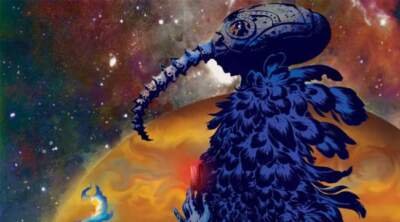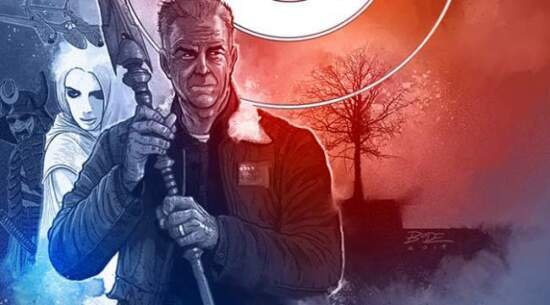Lucifer #1 (2016 series) [review]
DC Comic, December 2015
Writer: Holly Black
Review by Neil Raymundo, 21 December 2015.
In April 1989, the fourth issue of Neil Gaiman’s “The Sandman” introduced the fallen angel Lucifer. Mr Gaiman initially modelled the look of Lucifer after David Bowie, and the character seemed languid and detached from reality. When the character returned in the acclaimed story “Seasons of the Mist” within the pages of “The Sandman” he was somewhat different: tired, resentful if unrepentant, the abdicating ruler of Hell.
In 2000 writer Mike Carey began the ongoing adventures of the character. This iteration of Lucifer was different again. Obviously patterned after the Miltonian version, Lucifer does not tussle with superheroes, does not have ridiculously overbearing supervillain monologues (Mr Carey deliberately shied away from internal monologue, preferring the story to be told from the perspective of various supporting characters), and – unlike other depictions of the devil in comics – did not hide his name behind vague nom de guerres in an effort to mollify religiously conservative readers.




